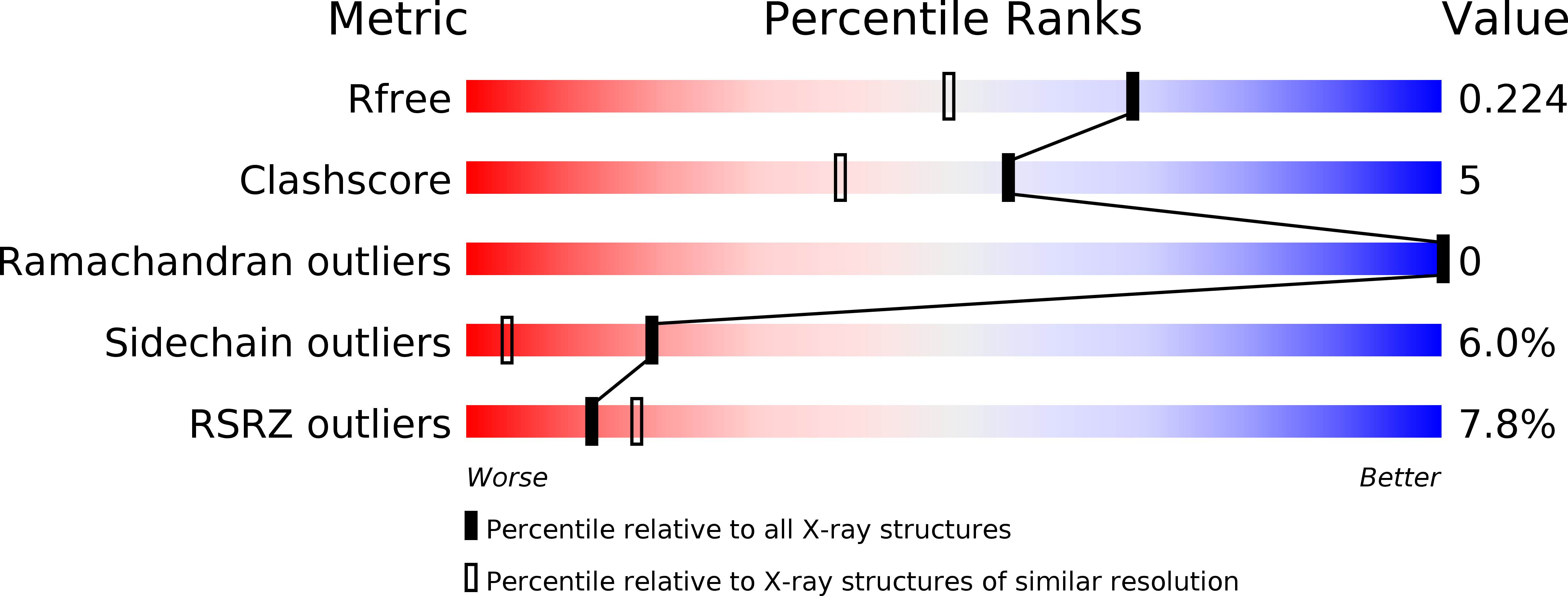
Deposition Date
2011-03-15
Release Date
2011-05-11
Last Version Date
2024-11-06
Entry Detail
PDB ID:
3R3G
Keywords:
Title:
Structure of human thrombin with residues 145-150 of murine thrombin.
Biological Source:
Source Organism:
Homo sapiens (Taxon ID: 9606)
Host Organism:
Method Details:
Experimental Method:
Resolution:
1.75 Å
R-Value Free:
0.22
R-Value Work:
0.18
R-Value Observed:
0.18
Space Group:
C 1 2 1


